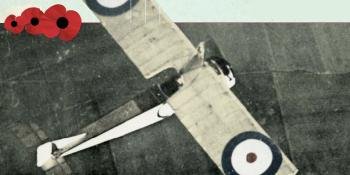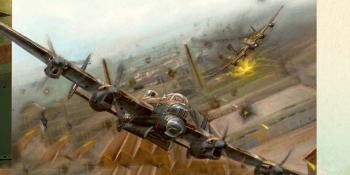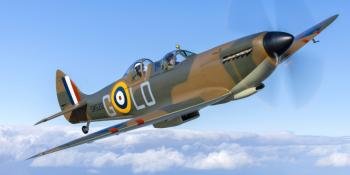ANDREW THOMAS ASSESSES THE SPITFIRE VI AND VII, INTERCEPTORS DESIGNED FOR COMBAT IN THE STRATOSPHERE
As early as 1940 Fighter Command’s ACM Sir Hugh Dowding had identified a potential threat to Britain that its air defences could do nothing about: should the Luftwaffe develop bombers capable of attacking from stratospheric heights they would be immune to interception.
In the early summer that year, the Air Ministry issued Specification F4/40 for a high-altitude fighter capable of neutralising such a menace. The requirement sought a machine that could fly as high as possible, specifying 45,000ft (13,716m) as the minimum. Westland was awarded a contract and the result, the first Welkin, flew in November 1942 – but the type never entered squadron service (see the panel on page 38).
Dowding’s perception was well founded as Junkers had developed a variant of the Ju 86 for operation at extreme altitudes. It had a pressurised cabin for a crew of two, wingspan increased by around 10ft to 83ft 11in and two supercharged Jumo 207A-1 diesel engines. The Ju 86P could fly at 39,000ft and occasionally even higher, although payload was limited.
The ’P-1 was a bomber with a maximum payload of 2,205lb (1,000kg), while t…








